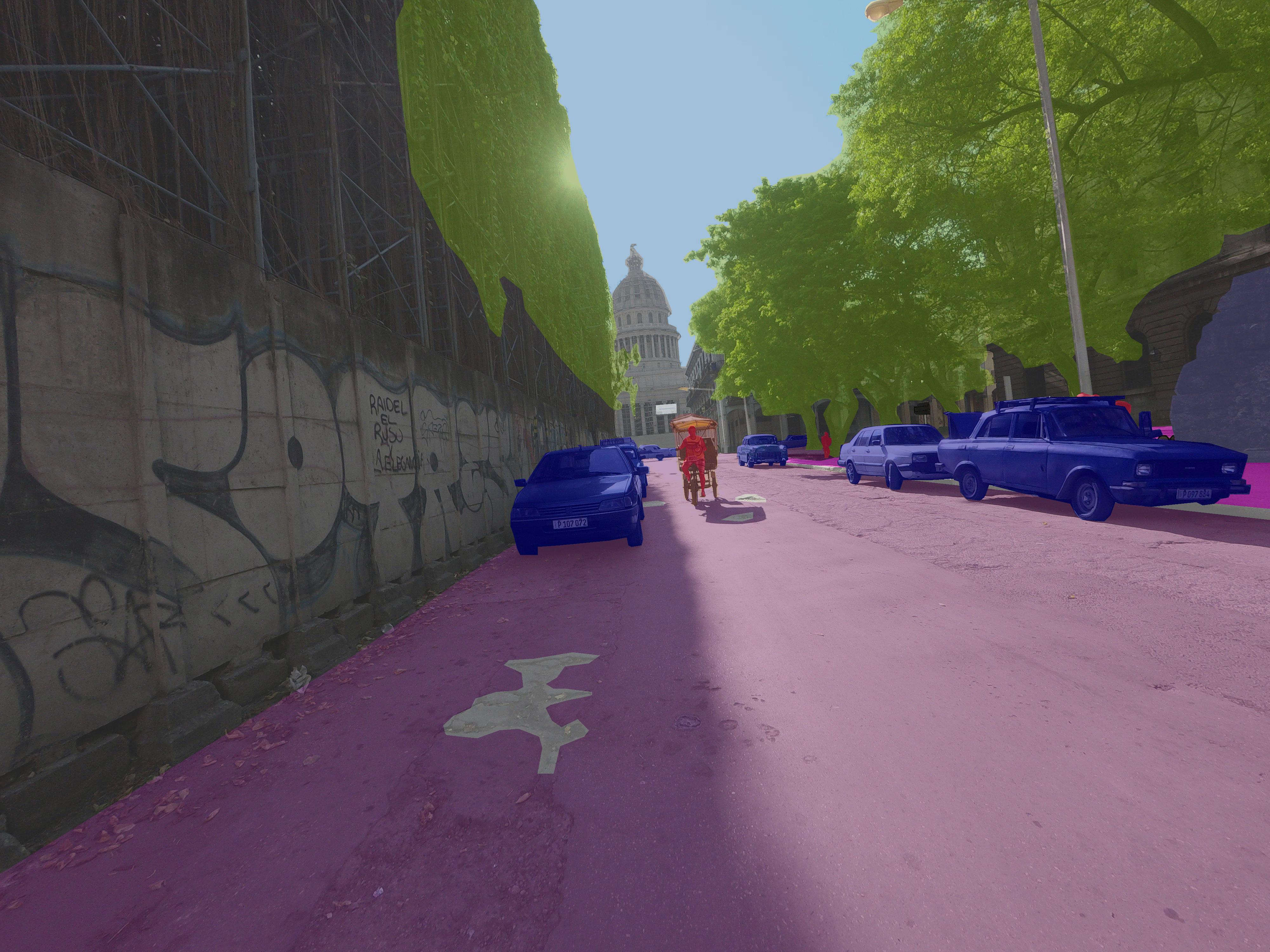Uniting Against Potholes: Partnership Between Járókelő and Mapillary
New technologies, specifically in the hands of citizens, can play an important role in helping governments to do a better job in developing our cities. Járókelő, a Hungarian citizen community, collects reports on infrastructure issues and communicates these to the local government. With new technologies such as Mapillary, the Járókelő community can get help with detecting potholes by using street-level images.
Every month Járókelő gets about 50-100 reports on potholes in need of repairment that are forwarded to public works departments. Once the issue is solved, it is reported back to the community. Currently, the reports are done with photos and descriptions from volunteers. With the Mapillary partnership, the Járókelő community is offered an alternative way to visually record, observe, and detect issues.
Document potholes with street-level imagery
Mapillary is a tool for creating your own street-level views that can be used to visually document places and collect data. Anyone can capture and share images with just a smartphone. This means that instead of using a few years old Street Views to get a better understanding of the street, the Járókelő community can create their own street-level views whenever they find a street they want to report. This way, the images will show a more accurate view of the street and the images can be updated as often as needed to see how the street evolves.
You can also view a place at different times which can be helpful to see if a reported issue has been solved or not. Take a look at the Széchenyi Chain Bridge at different times.
Automatic detection of potholes
All images that are contributed to Mapillary are processed with computer vision technology to recognize objects in them. Right now, Mapillary is working out algorithms to detect potholes. Járókelő has helped provide images to "train" these algorithms on: by "seeing" lots of different instances, the algorithm will get better and better at recognizing them on new images. Looking ahead, we hope be able to detect potholes automatically from Mapillary images.
 In this image you can see a pothole detected (marked in grey)
In this image you can see a pothole detected (marked in grey)

How it works
As from today, the Járókelő community will find Mapillary integrated in their reporting tool and can start using Mapillary to visualize problematic locations in street-level views.
Here are the steps to get your images on Járókelő:
- To share images, you need to create an account with Mapillary.
- Use the free Mapillary app (get it on App Store or Google Play) to capture and upload images. You can capture while walking, driving and biking. Learn more in our get started guide.
- Once the images are uploaded to Mapillary, they will show up in the pothole report on Járókelő. The report will show the most recent images from the location that you filed the report for. (If there are no street-level images captured for your location, there will be no Mapillary images attached to your report.)
Let’s meet for a #MapillaryPhotoWalk in Budapest on April 23
To learn more about how to use Mapillary for Járókelő, we would like to invite you to a photo walk. We'll start together with a brief introduction to Mapillary and Járókelő and then go outside in smaller groups to collect images. We will meet at Szimpla Kert in Budapest. Sign up and find more info here.
Hope to see you at the photo walk in Budapest!
/Sandra and the Mapillary team
Read the post in Hungarian on Járókelő's blog.
